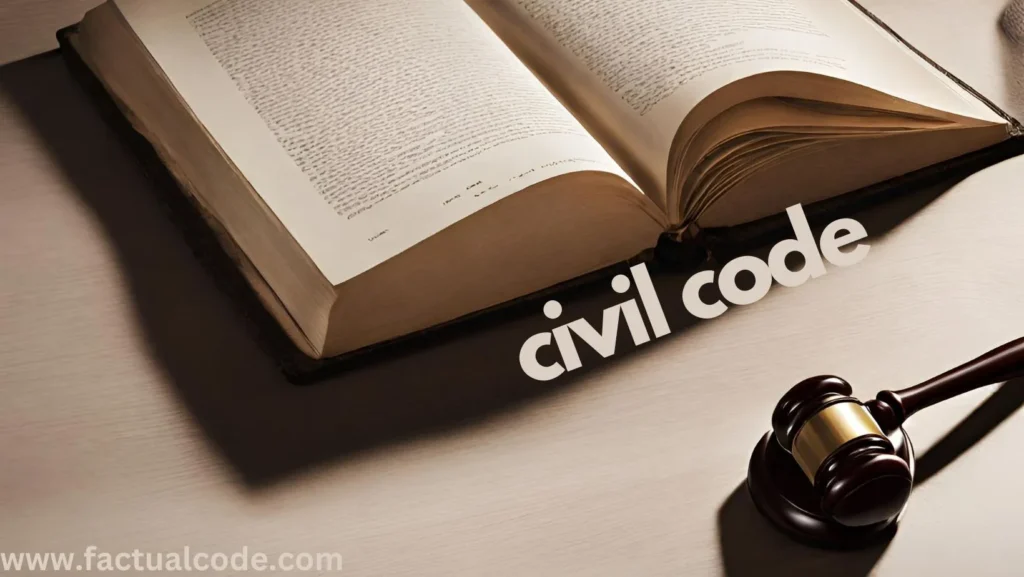Non-joinder and misjoinder are key procedural concepts under the Code of Civil Procedure (CPC), 1908, addressing errors related to parties in a lawsuit. These provisions ensure the effective administration of justice by preventing delays or ineffective decrees.
Definitions
Non-joinder
- Meaning: Refers to the omission of a necessary or proper party from a lawsuit.
Types of Parties Involved:
- Necessary Party: A party whose absence makes it impossible to effectively decide the suit.
- Proper Party: A party whose presence, though not essential, aids in resolving all issues comprehensively.
Misjoinder
- Meaning: Refers to the inclusion of an unnecessary party in the lawsuit.
- Effect: While it causes procedural inefficiency, it does not invalidate the proceedings.
Non-joinder vs Misjoinder
Detailed Comparison
This guide provides a comprehensive understanding of the key differences between Non-joinder and Misjoinder of Parties, governed under the Civil Procedure Code (CPC).
| Aspect | Non-joinder of Parties | Misjoinder of Parties |
|---|---|---|
| Definition | Omission of a necessary or proper party from a suit. | Inclusion of an unnecessary party in a suit. |
| Legal Provision | Governed by Order I Rule 9 of the CPC. | Governed by Order I Rule 10 of the CPC. |
| Consequences | May lead to dismissal or stay of proceedings if the necessary party is not added. | May cause delays and complications but does not typically lead to dismissal. |
| Correction Mechanism | The court can order the inclusion of the necessary party to proceed with the suit. | The court can strike out the unnecessary party to streamline the proceedings. |
| Impact on Suit | May result in an ineffective or non-binding decree if not corrected. | Typically complicates proceedings but does not affect the validity of the decree. |
| Example | Not adding a co-owner in a suit for property partition. | Including a third party who is not related to the dispute in a property partition suit. |
Conclusion
Understanding the difference between non-joinder and misjoinder is crucial for ensuring procedural correctness in civil suits under the CPC, 1908. While non-joinder focuses on ensuring the presence of all necessary and proper parties for an effective decree, misjoinder emphasizes avoiding procedural inefficiencies caused by including irrelevant parties. Both are addressed through specific provisions under Order I of the CPC to strike a balance between procedural efficiency and justice delivery. By adhering to these principles, courts ensure that justice is neither delayed nor compromised due to errors related to parties in a suit.

